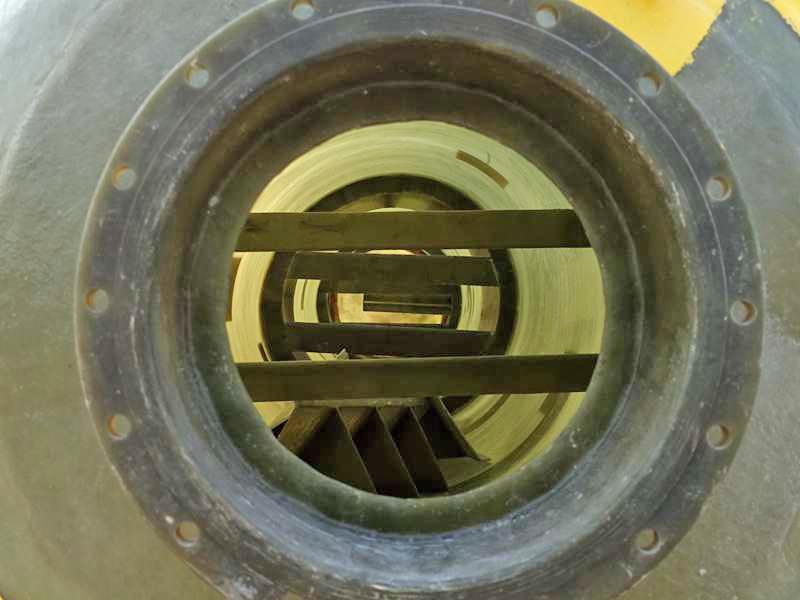
-
 Afrikaans
Afrikaans -
 Albanian
Albanian -
 Amharic
Amharic -
 Arabic
Arabic -
 Armenian
Armenian -
 Azerbaijani
Azerbaijani -
 Basque
Basque -
 Belarusian
Belarusian -
 Bengali
Bengali -
 Bosnian
Bosnian -
 Bulgarian
Bulgarian -
 Catalan
Catalan -
 Cebuano
Cebuano -
 China
China -
 China (Taiwan)
China (Taiwan) -
 Corsican
Corsican -
 Croatian
Croatian -
 Czech
Czech -
 Danish
Danish -
 Dutch
Dutch -
 English
English -
 Esperanto
Esperanto -
 Estonian
Estonian -
 Finnish
Finnish -
 French
French -
 Frisian
Frisian -
 Galician
Galician -
 Georgian
Georgian -
 German
German -
 Greek
Greek -
 Gujarati
Gujarati -
 Haitian Creole
Haitian Creole -
 hausa
hausa -
 hawaiian
hawaiian -
 Hebrew
Hebrew -
 Hindi
Hindi -
 Miao
Miao -
 Hungarian
Hungarian -
 Icelandic
Icelandic -
 igbo
igbo -
 Indonesian
Indonesian -
 irish
irish -
 Italian
Italian -
 Japanese
Japanese -
 Javanese
Javanese -
 Kannada
Kannada -
 kazakh
kazakh -
 Khmer
Khmer -
 Rwandese
Rwandese -
 Korean
Korean -
 Kurdish
Kurdish -
 Kyrgyz
Kyrgyz -
 Lao
Lao -
 Latin
Latin -
 Latvian
Latvian -
 Lithuanian
Lithuanian -
 Luxembourgish
Luxembourgish -
 Macedonian
Macedonian -
 Malgashi
Malgashi -
 Malay
Malay -
 Malayalam
Malayalam -
 Maltese
Maltese -
 Maori
Maori -
 Marathi
Marathi -
 Mongolian
Mongolian -
 Myanmar
Myanmar -
 Nepali
Nepali -
 Norwegian
Norwegian -
 Norwegian
Norwegian -
 Occitan
Occitan -
 Pashto
Pashto -
 Persian
Persian -
 Polish
Polish -
 Portuguese
Portuguese -
 Punjabi
Punjabi -
 Romanian
Romanian -
 Russian
Russian -
 Samoan
Samoan -
 Scottish Gaelic
Scottish Gaelic -
 Serbian
Serbian -
 Sesotho
Sesotho -
 Shona
Shona -
 Sindhi
Sindhi -
 Sinhala
Sinhala -
 Slovak
Slovak -
 Slovenian
Slovenian -
 Somali
Somali -
 Spanish
Spanish -
 Sundanese
Sundanese -
 Swahili
Swahili -
 Swedish
Swedish -
 Tagalog
Tagalog -
 Tajik
Tajik -
 Tamil
Tamil -
 Tatar
Tatar -
 Telugu
Telugu -
 Thai
Thai -
 Turkish
Turkish -
 Turkmen
Turkmen -
 Ukrainian
Ukrainian -
 Urdu
Urdu -
 Uighur
Uighur -
 Uzbek
Uzbek -
 Vietnamese
Vietnamese -
 Welsh
Welsh -
 Bantu
Bantu -
 Yiddish
Yiddish -
 Yoruba
Yoruba -
 Zulu
Zulu
frp sand pipe
The Versatility of FRP Sand Pipes
FRP (Fiber Reinforced Plastic) sand pipes have emerged as a revolutionary solution in various industrial applications, particularly in the transportation of sand and other abrasive materials. Their unique characteristics combine strength, durability, and resilience, making them an ideal choice in demanding environments.
The Versatility of FRP Sand Pipes
Another remarkable property of FRP sand pipes is their resistance to corrosion. Unlike metal pipes that can rust or degrade over time, FRP pipes are resistant to chemical and environmental wear, significantly extending their lifespan. This feature is particularly beneficial in applications where sand and other materials may contain corrosive agents. As a result, businesses can enjoy improved reliability and reduced maintenance costs over time.
frp sand pipe

Moreover, FRP sand pipes offer excellent abrasion resistance. The transportation of sand can cause significant wear and tear on conventional pipes. However, FRP pipes are engineered to withstand the impact and friction caused by abrasive materials, ensuring they remain functional and efficient even under strenuous conditions. This durability translates to less frequent replacements and fewer disruptions in operations, providing a continuous flow of productivity.
From a cost perspective, while the initial investment in FRP pipes may be higher than traditional options, the long-term savings on maintenance, replacement, and installation often outweigh these costs. Businesses that utilize FRP sand pipes can achieve a more sustainable and efficient operation, aligning with modern environmental standards.
Furthermore, the versatility of FRP technology allows for customization, enabling manufacturers to tailor pipe specifications according to unique project requirements. This adaptability ensures that industries such as construction, mining, and water treatment can all benefit from the implementation of FRP sand pipes.
In conclusion, FRP sand pipes represent a forward-thinking solution for industries requiring effective, durable, and reliable transport systems for sand and similar materials. Their lightweight, corrosion-resistant, and abrasion-resistant characteristics make them an essential component in modern industrial applications, paving the way for enhanced operational efficiency and sustainability.









